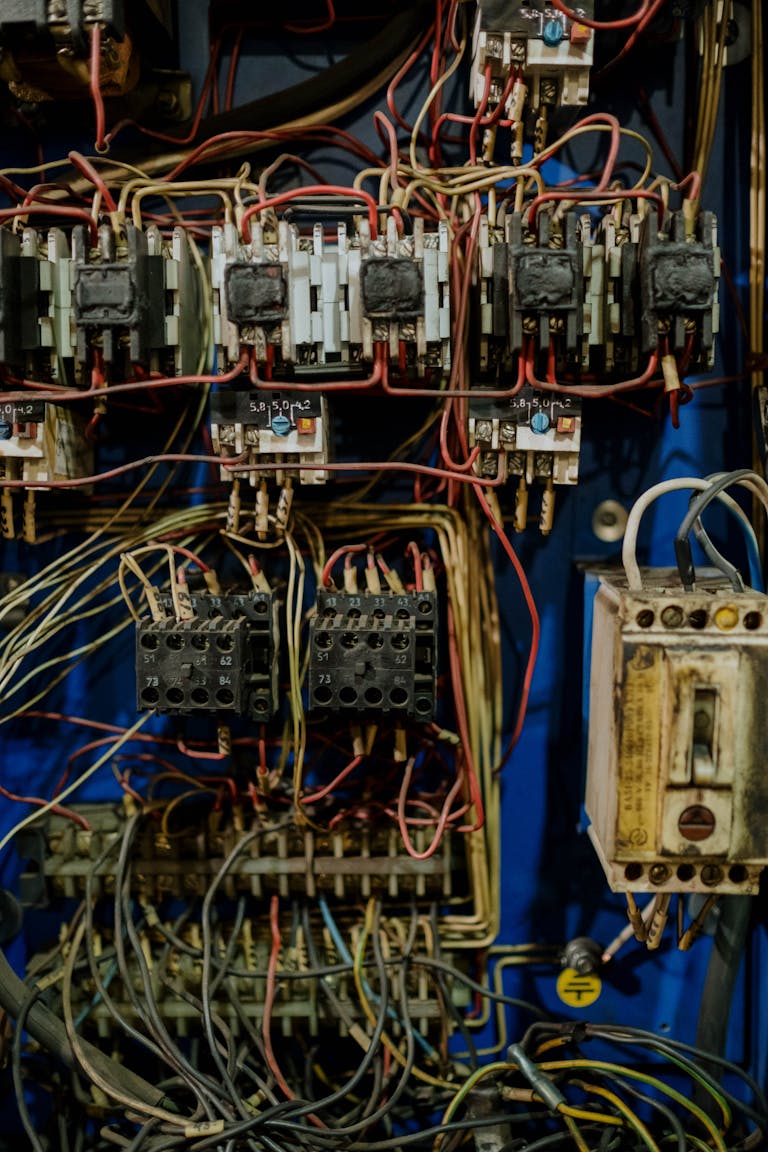The Outlet Illusion: Why Not All Electrical Updates Are What They Seem
When buyers walk through a home and see shiny new outlets or modern light switches, it’s easy to assume the electrical system is up to date. But here’s the truth: swapping out outlet covers doesn’t mean the wiring behind them is safe or up to code.
We’ve seen too many homes where cosmetic upgrades were made to give the appearance of modernized electrical systems — when in reality, the underlying wiring is outdated, overburdened, or dangerously modified.
The “New Cover, Old Wires” Trick
In older homes, it’s not uncommon for flippers or DIYers to install modern-looking outlets or switches without upgrading the wiring. That means you might have:
- Two-prong wiring hidden behind a three-prong outlet
- Ungrounded circuits pretending to be GFCI protected
- Aluminum wiring still active under modern covers
These setups look updated but carry the same old risks.
Amateur Fixes Can Be Fire Hazards
We often find:
- Reverse polarity wiring (hot and neutral wires flipped)
- Over fused circuits
- Improper junctions hidden behind walls or ceilings
- Daisy-chained outlets with no circuit protection
These aren’t just code issues — they’re serious safety hazards that could cause electrical fires or shock.
Grounding Isn’t Always Present (Even If It Looks Like It Is)
Many buyers assume if there’s a three-prong outlet, it’s grounded. But that’s not always true. Some sellers even install GFCI outlets in ungrounded systems without labeling them, which is misleading and non-compliant.
Outdated Panels May Still Be in Use
Modern outlets don’t mean the home has a safe electrical panel. We check for older or recalled brands (like Federal Pacific or Zinsco) and signs of overheating, improper breaker sizing, or messy DIY modifications.
If It Looks New, Verify It’s Safe
Electrical issues don’t always scream for attention — they’re often hidden behind clean covers and fresh paint. At Square 1 Home Inspections, we dig deeper to ensure the home’s wiring is not just updated on the surface, but actually safe and functional.
Buying a home? Don’t be fooled by the cover-up. Contact us to schedule your inspection today!






